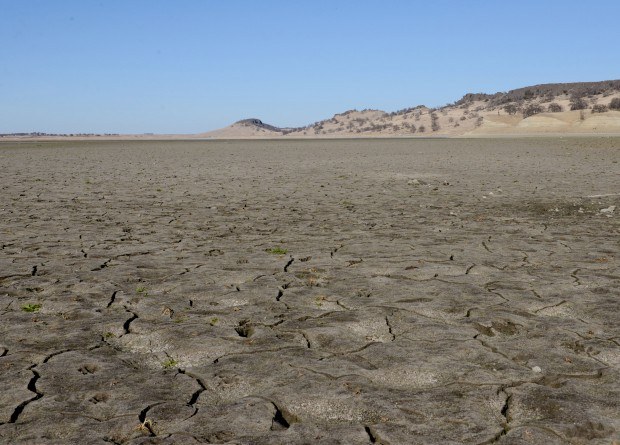Drought pressures will increase in California and western areas of the United States this spring even as the dry season begins, the government’s Climate Prediction Center said on Thursday.
“Periods of record warmth in the West and not enough precipitation during the rainy season cut short droughtrelief in California this winter and prospects for above-average temperatures this spring may make the situation worse,” Jon Gottschalck, chief of the Operational Prediction Branch at the Climate Prediction Center, said in issuing its spring outlook.
The center, a division of the National Oceanic and Atmospheric Administration, also said rivers in western New York and eastern New England have the greatest risk of spring flooding in part because of heavy snowpack coupled with possible spring rain.
The western United States is expected to see the multi-year drought continue and intensify in 2015 and extend into the northern Plains, the outlook said.
Drought is forecast to persist in California, Nevada, and Oregon through June with the onset of the dry season in April.
“I see nothing that would indicate much improvement, if any improvement, in the overall situation for field crops for 2015,” said Brad Rippey, meteorologist with the U.S. Department of Agriculture, noting he expects to see a significant drop in field crops again this year in California.
“Drought is also forecast to develop in remaining areas of Oregon and western Washington. Drought is also likely to continue in parts of the southern Plains,” NOAA said.
But forecasters expect drought improvement in the Southwest, southern Rockies, southern Plains and Gulf Coast while drought is likely in the northern Plains, upper Mississippi Valley and western Great Lakes.
Above-average temperatures are favored this spring across the Far West, northern Rockies, and northern Plains eastward to include parts of the western Great Lakes, and for all of Alaska. Below-normal temperatures are most likely this spring for Texas and nearby areas of New Mexico, Colorado, Kansas, and Oklahoma, the outlook said.
In the Midwest crop belt, a lack of snowfall in the northern states will mean an early planting season and little to no flooding, Rippey said. In contrast, the southern crop belt is wet and has already seen minor to moderate flooding.
“I would expect planting to go a little better in the upper Midwest this spring than it will in the Ohio Valley,” Rippey added at the presentation of the outlook.





















 Executives on the Move at Liberty Mutual, Cowbell, W. R. Berkley
Executives on the Move at Liberty Mutual, Cowbell, W. R. Berkley  Insurance Costs, Climate Concerns Factor Heavily in U.S. Home Buying Decisions
Insurance Costs, Climate Concerns Factor Heavily in U.S. Home Buying Decisions  Slideshow: Carrier Management’s 2025 Top Editor’s Picks (Unlocked)
Slideshow: Carrier Management’s 2025 Top Editor’s Picks (Unlocked)  Is the AI Boom a Bubble Waiting to Pop? Here’s What History Says
Is the AI Boom a Bubble Waiting to Pop? Here’s What History Says 








